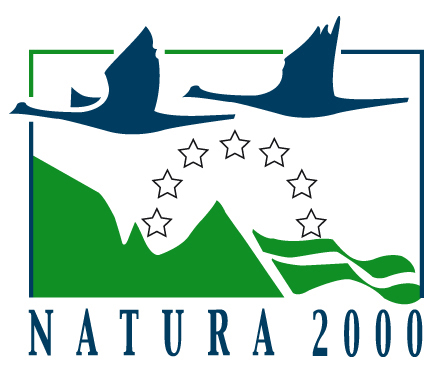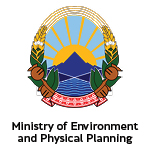The twinning project of the Ministry of Environment and Spatial Planning, financed by the European Union, “Strengthening capacities for the effective implementation of European legislation in the field of nature protection”, in the period 11-13 December 2018, has carried out 4 consultative workshops. for the preparation of a protocol and a methodology for the monitoring of species of animals, birds and vascular plants and for types of habitats, of European and national importance, contributing with expert comments to the better management of protected areas in the future claim to receive the status of the Natura 2000 area.
The purpose of the consultative workshop is to exchange information on the process of preparing protocols and methodologies for biodiversity monitoring, discussing their approach and content, as well as their finalization. Experts from the twinning project, local experts on types of vascular plants, animals, birds and habitats and representatives of the Ministry of Environment and Spatial Planning – Department for Nature participated.
Data sheets were presented for every species observed in the last 12 months, for 20 bird species, 15 animal species, several vascular plants and habitat types from the surroundings of Lake Prespa and Pelisteri National Park.
The attendees were introduced to the way of reporting under the Birds Directive and the Habitats Directive, through a data sheet, which contains data on:
– population size, population trend,
– conservation status, with ecology, abundance, monitoring methods,
– the prevalence of nests and the trend of nests,
– pressures and threats, conservation measures, existence of a management plan,
– hunting permit number,
The discussions of local and foreign experts provided an excellent opportunity to change the way of looking at the ecological needs of species and the experiences of implementing methods for counting and monitoring species.
In conclusion, the methods of counting (inventory) and monitoring (monitoring) of species of European and national importance were approved, especially the methods of counting according to locations and active research in the field, using the form for field research.



